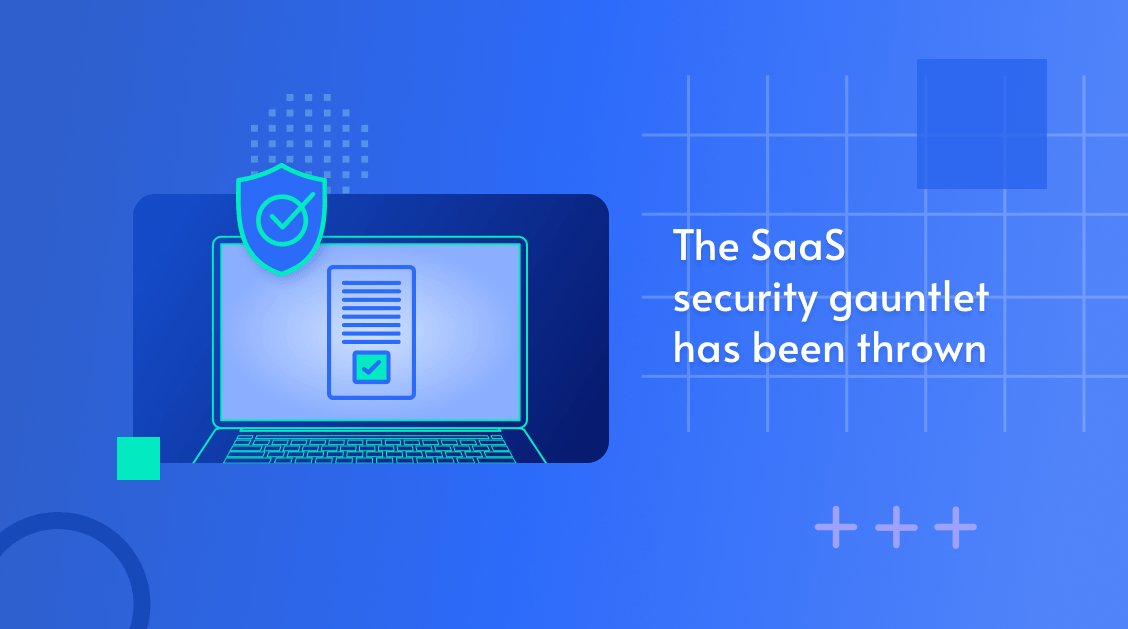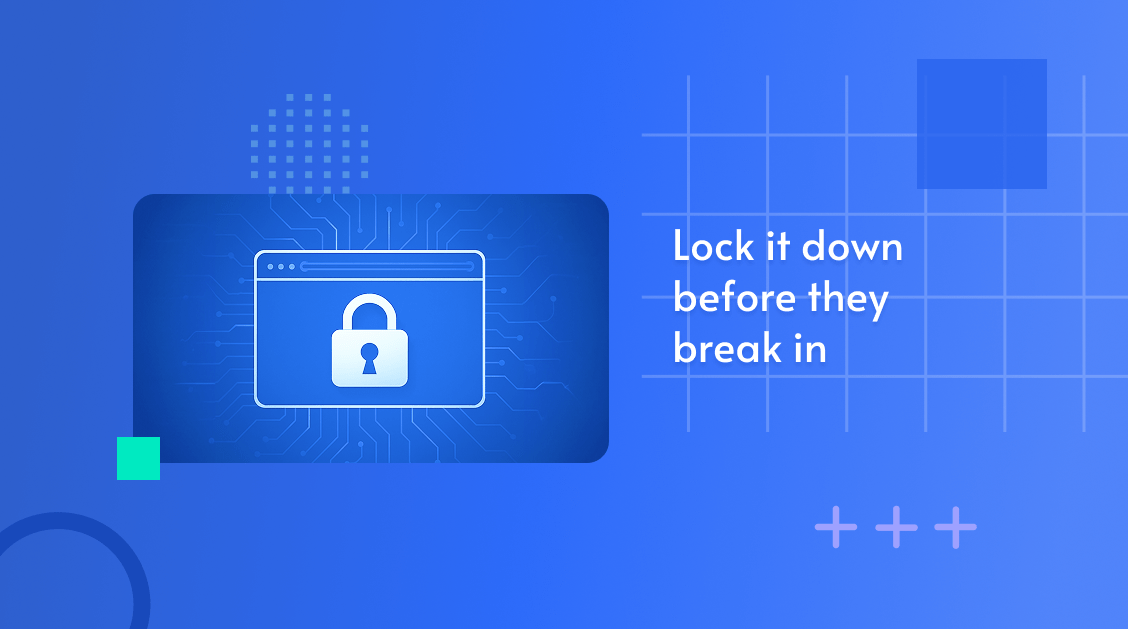Browsers today are an essential component of any enterprise work environment — w...
Legacy Windows Settings: An OS Security Time Bomb

In the fast-paced world of technology, where innovation is a constant, it’s crucial to ensure that our operating systems remain secure.
Unfortunately, as our digital environments evolve, so do the threats that lurk in the shadows. What was once considered standard practice in legacy Windows settings has now become a serious security risk in modern operating systems.
In this comprehensive blog post, we will delve deeper into these outdated settings, understand why they pose significant risks, and learn how to effectively mitigate them.
LAN manager authentication level
Legacy Setting: LAN Manager (LM) authentication was once the go-to choice for network authentication in older Windows versions. It used weak password hashes and insecure methods.
Security Risk: LM hashes are highly vulnerable to brute-force attacks and can be cracked easily. This makes it a prime target for cybercriminals looking to infiltrate your network.
Mitigation: To bolster your network security, disable LM authentication and enforce NTLMv2 or, better yet, Kerberos for authentication. Microsoft provides guidance on implementing these changes in their official documentation.
How GYTPOL Helps: GYTPOL can streamline this process by scanning device settings, identifying the presence of weak LM authentication, and configuring the LM Authentication Level to the latest and recommended level of refusing LM and NTLM1. As a matter of fact, it simplifies the whole mitigation process, enhancing the security of your network.
SMBv1 (Server Message Block version 1)
Legacy Setting: SMBv1 was once the backbone of file sharing in Windows environments. It was widely used but came with numerous security vulnerabilities.
Security Risk: Vulnerable to infamous malware attacks like WannaCry and others, SMBv1 poses a substantial security threat in modern operating systems.
Mitigation: The best approach here is to disable SMBv1 and transition to more secure versions like SMBv2 or SMBv3. Microsoft provides a detailed guide on stopping SMBv1 support for enhanced security.
How GYTPOL Helps: GYTPOL can scan your devices to detect the presence and usage of the SMBv1 feature, ensuring there is no dependency on it. Once identified, you can disable it directly from the dashboard. This proactive approach ensures that your network is not exposed to vulnerabilities associated with SMBv1.
AutoRun for removable media
Legacy Setting: AutoRun was designed to automatically execute programs when removable media (such as USB drives or CDs) was inserted.
Security Risk: Unfortunately, this feature can be exploited by malicious software to execute harmful code without user consent, making it a significant security concern.
Mitigation: To mitigate this risk, disable AutoRun altogether. This will prevent unauthorized code execution when removable media is inserted. Learn more about configuring AutoRun settings in the Microsoft documentation.
How GYTPOL Helps: GYTPOL can scan your devices for AutoRun configurations and provide the ability to disable it across your organization’s devices directly from the dashboard, reducing the risk of malware execution.
Obsolete encryption protocols
Legacy Setting: In the past, outdated encryption protocols like SSL 2.0 and 3.0 were considered standard.
Security Risk: These older protocols are vulnerable to modern attacks like POODLE and BEAST, which can compromise data security.
Mitigation: Transition to modern, secure encryption protocols like TLS 1.2 or TLS 1.3, which offer robust protection against contemporary threats. Microsoft provides comprehensive TLS guidance for secure implementation.
How GYTPOL Helps: GYTPOL can pinpoint systems utilizing outdated encryption protocols (such as SSL 2.0 and 3.0, TLS 1.0 and 1.1), assess their usage, and deactivate these outdated protocols without causing downtime for applications that may still require them. Once these dependencies are identified, they can be managed with precision, simplifying the process of enhancing data security.
Guest account
Legacy Setting: The Guest account was often enabled by default in older Windows versions.
Security Risk: The Guest account provides an easy entry point for attackers, potentially leading to unauthorized access and data breaches.
Mitigation: Disable the Guest account or restrict its access to minimize the risk of unauthorized use. Microsoft outlines the steps to manage local accounts in their official documentation.
How GYTPOL Helps: GYTPOL can perform an audit of local accounts across your network, flagging any active Guest accounts and giving you the ability to disable them directly from the dashboard. This ensures that unauthorized access points are eliminated.
Unrestricted PowerShell execution
Legacy Setting: PowerShell scripts were initially allowed to run without restrictions in many Windows configurations.
Security Risk: Malicious PowerShell scripts can wreak havoc on your system if left unchecked.
Mitigation: Implement Execution Policies and restrict script execution to trusted sources only. Microsoft offers guidance on securing PowerShell execution in their documentation.
How GYTPOL Helps: GYTPOL can assess your PowerShell execution policies and giving you the ability to restrict script execution, enhancing overall system security.
Examples of cyberattacks
WannaCry Ransomware Attack
Exploited SMBv1 vulnerabilities to rapidly spread and encrypt files, demanding ransom for decryption keys.
POODLE Attack
Exploited SSL 3.0 vulnerability to intercept and decrypt sensitive data transmitted over SSL/TLS connections.
Brute-Force Password Attack
Attacker leverages weak password policies to guess and gain unauthorized access to user accounts.
Malware Execution via AutoRun
Malware distributed through infected USB drives takes advantage of AutoRun to infect systems upon insertion.
PowerShell-based malware
Malicious PowerShell scripts executed due to unrestricted settings can compromise system integrity.
To address these security concerns and safeguard your systems effectively, you can utilize GYTPOL that was designed to analyze and optimize your system’s security policies and it helps identify and mitigate security risks resulting from misconfigurations associated with legacy settings, ensuring your systems remain secure in the face of evolving cyber threats.
Conclusion
Cybersecurity is a constantly evolving field, and staying up-to-date with the latest security measures is essential to protect your systems and data. Legacy Windows settings that were once considered standard can now be significant security liabilities.
By implementing modern security practices, keeping your operating systems and configurations current, and using GYTPOL, you can significantly reduce the risk of cyberattacks. Always remember that security is an ongoing process, and vigilance is key to staying safe in today’s dynamic digital landscape.
About Author

Tal Kollender
Subscribe to
our Newsletter
We are ready to help you until and unless you find the right ladder to success.
Related Posts
Join over 25,000 in beating the failure of strategies by following our blog.
It’s a familiar dilemma: weighing the need for security against the need to "kee...
4 minute read
For those operating Windows 10 based machines, the clock's running out. With Win...
6 minute read
From compromised endpoints to disrupted workflows, misconfigurations are one of ...








Comments